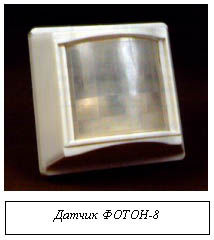|
Name of protected premises and units |
Fire situation |
Possibility of using systems generating finely atomized liquid jets |
| Machine room, turbogenerators, oil tanks and building structures |
Rapid development of fire due to the presence of a large amount of flammable materials and flammable gases (turbine oil, casings and insulation of electrical cables, combustible insulation and roof insulation, hydrogen, etc.). Intensive smoke in the premises with toxic combustion products, which can fill the upper part of the halls to the service marks of turbogenerators in 5-10 minutes and the presence of electrical installations under voltage. Possible contamination of premises and process equipment with radioactive substances. |
For extinguishing fires and eliminating fire sources in machine rooms with sprayed water: at the level of 0.00 and below, protecting cable tunnels, oil tanks and other equipment; at the level of turbogenerators (+6.00 … +12.00), extinguishing spills of burning turbine oil; at the level of the roof covering for extinguishing. Cooling metal trusses and columns in case of failure of permanently installed fire extinguishing devices. Ensuring protection of the workplaces of service personnel by creating protective screens using sprayed water |
| Cable rooms located in radiation accessible zones |
Rapid smoke and temperature rise, the presence of a large number of cables with a high density of their arrangement, with possible radioactive contamination. Fires are characterized by a high rate of increase in the average volumetric temperature. The fire can quickly spread to the machine room, to the switchgear, relay protection rooms and to the control boards. When the cable sheath is heated and melted, combustion can spread from top to bottom |
For the supply of fire extinguishing agents to cable structures (can be carried out separately, as well as in various combinations of carbon dioxide, sprayed water, air-mechanical foam). Use in the event of failure of a stationary water fire extinguishing system (from a radiation-safe distance) |
| High-voltage and power transformers |
The complexity of the situation when extinguishing fires in transformers and oil-filled reactors is due to the emission and spreading of burning transformer oil over a relatively large area, resulting in powerful thermal radiation from the flame torch. When removing oil from the housing tank, local explosions (bangs) are possible. The presence of neighboring electrical installations under voltage and possible radioactive contamination of the area can significantly affect the safe work of firefighters.
| To protect metal supports, portals, neighboring transformers and other equipment from high temperatures, powerful pulsed finely dispersed water jets are used when the voltage on the equipment and switchgear is less than 36 kV. To prevent the spread of fire through openings, channels, ventilation systems, etc. To extinguish spilled oil |
